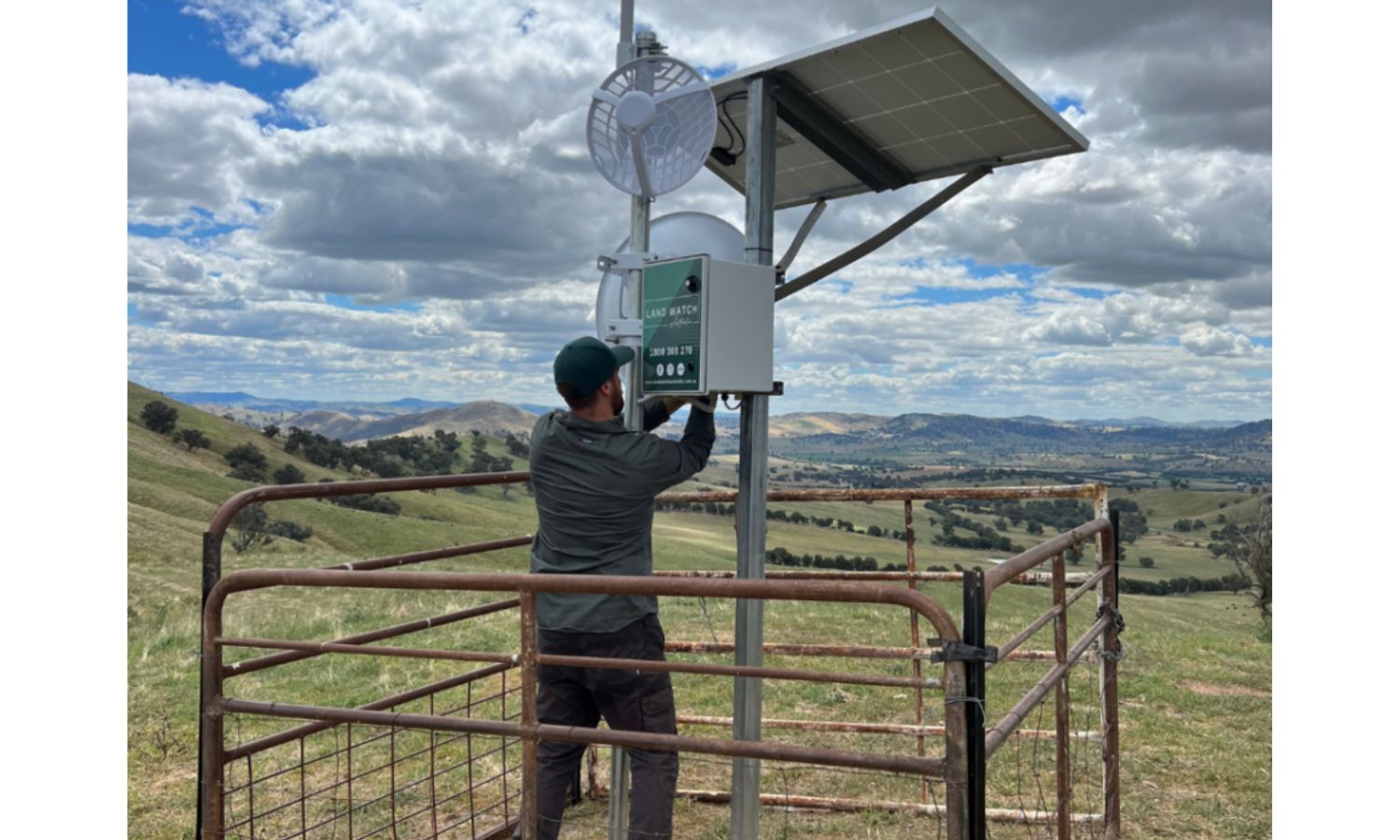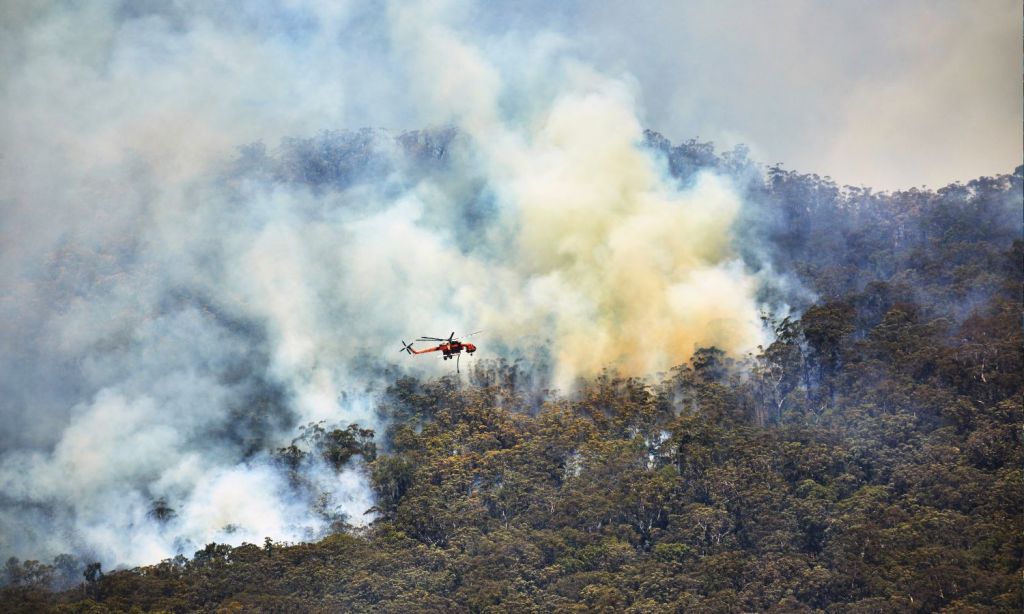Firefighters will have the help of artificial intelligence as they battle blazes this summer. AI technology is being deployed across parts of the country to help detect and monitor outbreaks of bushfire.
Australia has officially entered bushfire season as we tick over from winter to spring. Already we’ve seen fires erupt across Victoria and Tasmania as heatwaves roll across the country.
The 2023/2024 season is expected to be one of the worst we’ve seen in years, thanks to the disappearance of the La Nina weather system and the flip over to El Nino bringing hotter, drier conditions.
Ahead of this year’s season, however, tech companies have been gearing up to add some scientific muscle to the country’s fire defences. Much of this is centred around detecting fires when they are small and controllable, which is something that doesn’t always happen.
American company Pano AI, for example, have been deploying fire monitoring technology across South Australia in what is known as the ‘green forestry’ triangle since the start of the year.
Their tech, made up of satellite imagery and in-situ high-resolution panoramic cameras deployed on towers at strategic locations, allows fires to be detected and responded to far quicker than human reaction. It’s essentially a 21st-century take on the traditional fire-spotters tower and, on a clear day, the towers can see up to 30kms away.
PANO footage of the #LeslieFire in Lake County. View the incident here: https://t.co/5whFFrC4gO. @Pano_ai uses mountaintop cameras and AI to detect and pinpoint wildfires within minutes (https://t.co/AESCDzGooN). #FireYear2021” pic.twitter.com/bruOprdh3U
— Pano AI (@Pano_AI) October 12, 2021
“A key determinant of whether a fire ignition turns into a large and costly fire is the size of the fire when fire suppression resources arrive,” found one ANU study on the economic impact of early bushfire detection.
According to Pano AI, the company uses deep learning to automatically detect, verify, and classify fires in real time. When the AI detects a potential fire, authorities are automatically alerted and provided with the location and visual information of the outbreak.
“We’re able to triangulate and very precisely provide the coordinates of those fire starts,” Pano AI’s Australian Head Andrew Prolov told Channel 7.
The company has been trialling the software in partnership with Noosa Council in Queensland since last year and is protecting forestry plantations in Tumut in the Riverina region of New South Wales.
“Last season, we actually spotted a few fires in Wagga from the stations located closer to Tumut,” Prolov told The Canberra Times last year.
“That gives you just a sense [of how good] the visibility is on a day with clear skies.”
Pano AI is now operating in three states, with the addition of SA, but it will take a lot more than a few cameras to keep the entirety of the continent safe from bushfires. This is why there are other programmes also at work using AI to detect fires.
One of these is the company exci, run by bushfire survivors Christopher and Gabrielle Tylor. They describe themselves as the ‘smoke alarm for the bush’ and they work in a similar way to Pano AI, using a system of on-the-ground cameras and satellites to pinpoint the outbreak of bushfires.

Since their launch in 2021, exci now monitors some 25 million acres of bushland across VIC, NSW, and QLD. The company states that its deep learning AI model can be adapted to existing hardware and processes over 30GB of data per day.
The technology was deployed during the 2021 California wildfire season and detected some 8,700 fires, two-thirds of which were identified within a minute of ignition, according to their website. In Australia, nearly 30,000 fires have been detected in a similar time frame.
Bushfire Technology Needs More Funding
In the wake of the Black Summer bushfire Royal Commission, early detection technology was one of the key recommendations made for future-proofing the country against climate-fuelled disasters that are only going to get worse.
However, a lack of funding and an overlap of responsibility between state and federal governments have meant that national coverage by camera and satellite detection has slowed.
In 2020, mining and cattle billionaire Andrew Forrest’s Minderoo Foundation stated that they would create a ‘Fire Shield’ made up of Low-Earth orbit satellites to detect fires early by 2025. However, the technology is still not there and the network is likely to be delayed for many years.
Experts are hoping that the recent fires in the Northern Hemisphere and the looming fire season this summer will be the push governments need to really invest in this technology.
“The challenge now is for policymakers to fund the development and ongoing costs of implementing those technologies for fire agencies,” Minderoo Fire Shiled project manager Rania Poullos has said.
Related: Here Come the Bots — Meta Set to Unleash AI Chatbot Characters Across Its Platforms
Related: Bushfires Were Uncommon in Australia — Until the British Showed Up
Read more stories from The Latch and subscribe to our email newsletter.







